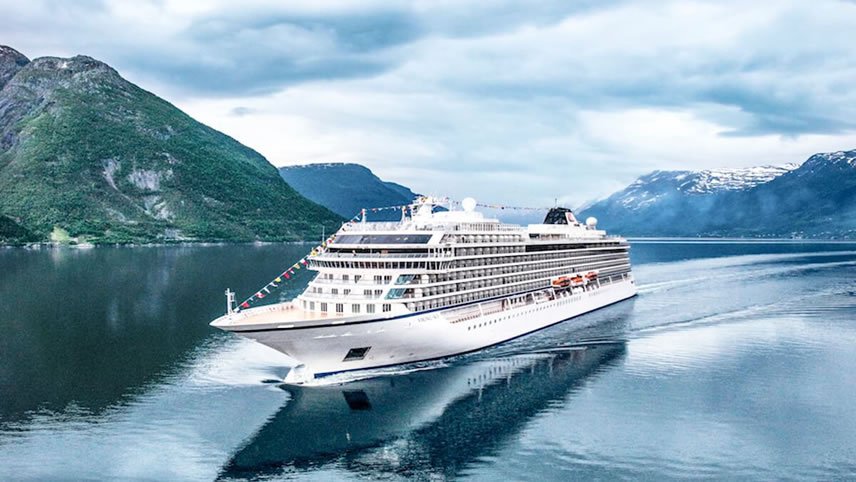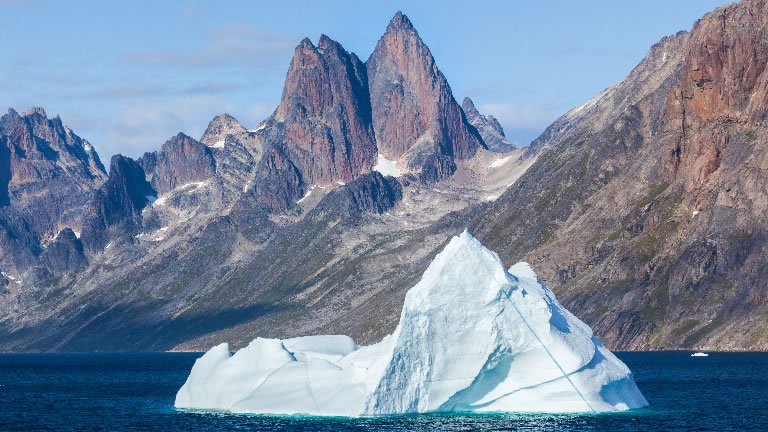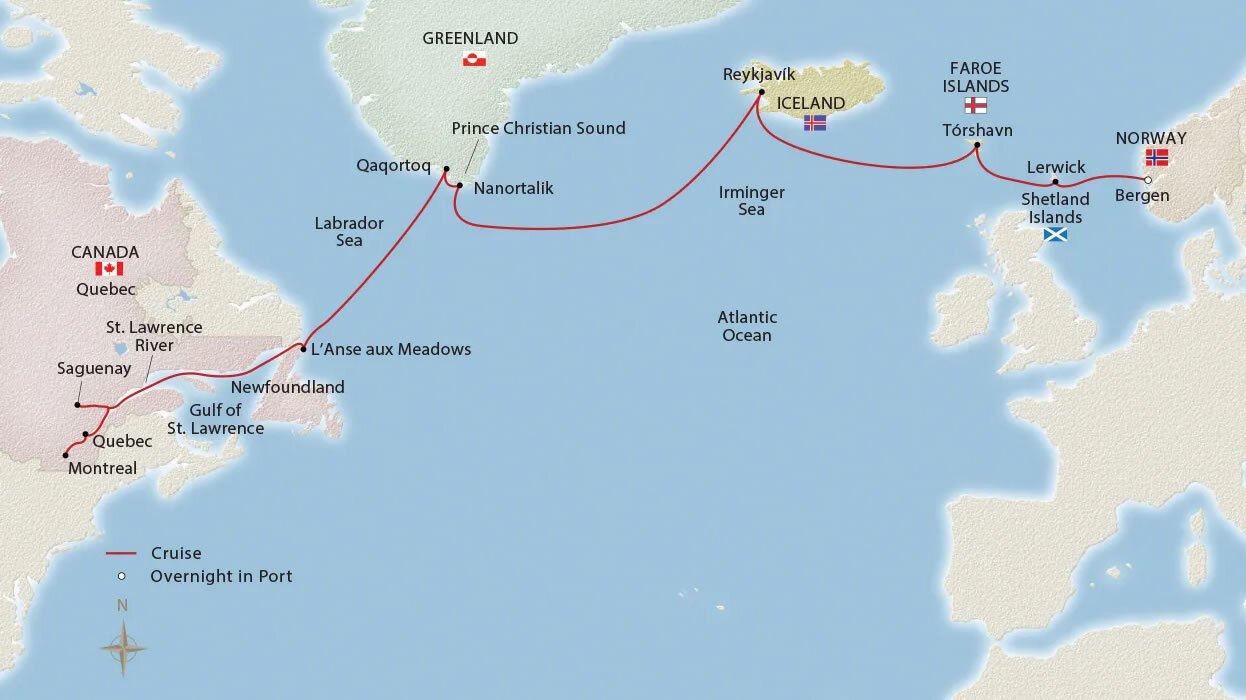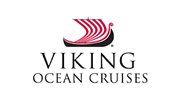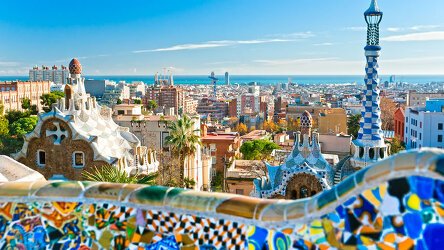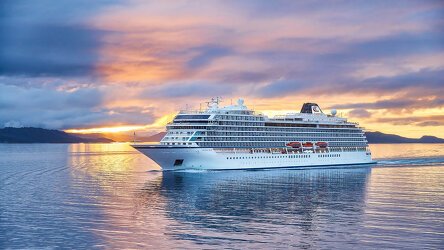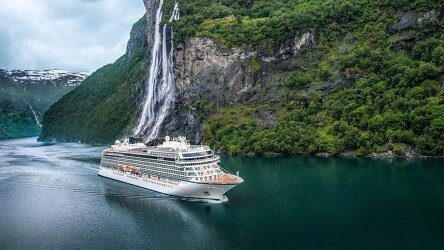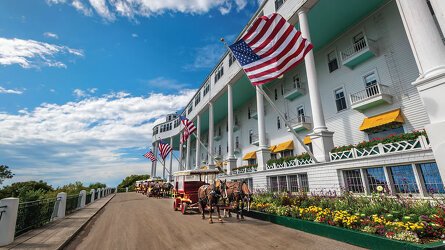Overview
Itinerary
Embark your ship and settle into your stateroom. Bergen is home to the Hanseatic League's only kontor (trading enclave) still in existence. Bryggen wharf, a row of timbered Hanseatic warehouses along a quaint quay, is a UNESCO World Heritage Site. Narrow wooden walkways are flanked by parallel rows of small, vibrantly painted buildings overlooking the picturesque Vågen Harbor. This is perhaps the most charming district of Bergen and a delight to explore, from its tight-knit community of workshops where artisans sell their wares to its cafés where freshly prepared smørbrød, or open-faced sandwiches, are on the menu.
Bergen, an ancient city with deep Viking roots, is nestled between gargantuan snowcapped mountains, magnificent fjords and one of Europe's largest glaciers. Founded in 1070 on what was a Viking settlement, Bergen is the second-largest city in Norway. Not to be missed is a stroll through the Fisketorget, where the fresh catch of the sea awaits—from cod and prawns to local caviar and icy oysters.
The Shetland Islands may be remote, but history did not overlook them. At the excavation site of Jarlshof, tall, stone roundhouses date to the Iron Age and an ancient Norse longhouse tells of a Viking community. More recent history echoes through the streets of Lerwick, the islands' sleepy capital founded by Dutch fishermen. The main island, Mainland, gets much of its beauty from its diversity. Farmlands and dreamy meadows unfold toward seal-dotted beaches, rocky cliffs take a beating from the surf, and medieval castles overlook valleys and lakes.
Tórshavn is the capital of the Faroe Islands, an archipelago that rises above the North Atlantic waters halfway between Norway and Iceland. The Faroese people still speak their unique Old Norse language and Viking settlements here reach back to the 9th century. The Viking Parliament stood upon a rocky peninsula in Tórshavn, the capital. Still today, the Faroe Islands' government conducts its business on the very same promontory. The archipelago's remote locale and plentiful birdlife make it one of the most exciting and humbling places to visit.
Sail the Atlantic Ocean, divided in half, north to south, by the Mid-Atlantic Ridge. Longer than the Rockies, the Himalayas and the Andes combined, this underwater mountain range is the longest on Earth. Enjoy the amenities of your ship as you sail. Perhaps take a breath of fresh air on a brisk walk around the Promenade or begin your day with a workout in the well-equipped Fitness Center.
Reykjavík is the world's northernmost capital city yet captures the distinctive feel of a fishing village. The Kentucky-sized island is Europe's westernmost nation and one of the wildest places on earth. It is also lauded as one of the cleanest and most civilized countries, committed to finding the perfect balance between day-to-day living and harnessing its natural resources with eco-friendly practices. Vikings landed on this pristine land during the 9th century; their arrival is well chronicled in the medieval Sagas preserved at the Culture House.
Ancient Viking longships once plied the Irminger Sea, the historic expanse between Iceland and the southeastern coast of Greenland. Most famously, Erik the Red sailed westward into these waters after his exile from Iceland. Thereafter, the Irminger became an important seaway between the Vikings' two westernmost territories. Today, the Irminger Sea is known to oceanographers as the “Freshwater Superhighway,” a critical passage for cold, fresh Arctic water to make its way into the North Atlantic. Admire the views as you sail today and enjoy an al fresco dining experience. The Aquavit Terrace serves a range of International fare and casual dining favorites, as well as a range of superb cocktails inspired by our destinations.
Nanortalik is nestled on an island near the mouth of a fjord on the southwestern shores of Greenland. It was established in 1770, though a small group of Vikings led by Erik the Red first arrived in the 10th century and called it “Grœnland,” or Greenland, in hopes of attracting more settlers. Today, the Inuit people dominate this austere and picturesque landscape and hold fast to their long Inuit traditions by fishing for crab, hunting hooded seals and welcoming visitors with a festive kaffe-mik, a coffee party with plenty of their famed Greenlandic cake.
Qaqortoq is a repository of Viking, Inuit and Danish history. Greenland's largest and best-preserved Viking settlement lies 12 miles out of town at Hvalsey, established by Erik the Red's uncle in the 10th century. The Inuit soon followed, and left behind many artifacts from their early days. The Danish colonial era, too, is finely reflected in historic buildings, including an 1804 blacksmith's shop and the harborside 1797 black tar log building. Qaqortoq lends itself to leisurely strolls and its spectacular setting attracts outdoor enthusiasts.
Follow in the footsteps of intrepid Viking Leif Eriksson who famously crossed this stretch of water to become the first European to land on North American shores. Meet fellow guests and listen to the soothing sounds of classical music in the Living Room, an ideal setting for relaxation. Enjoy a cup of coffee or sip on a refreshing cocktail.
L'Anse aux Meadows is the site of the first Norse settlement in the Americas. Leif Eriksson's voyage from Greenland in the late 10th century predated Columbus by 500 years. Proclaimed a UNESCO World Heritage Site in 1978, the ancient village Eriksson founded provides fascinating insight into the day-to-day lives of Vikings. Each of its dwellings was constructed of a wood frame covered in sod. The site was uncovered in 1960, when a village local pointed out a series of mounds in the earth that he and his neighbors had always believed to be an ancient Native American camp.
Follow in the footsteps of 10th-century Vikings and sail the vast Gulf of St. Lawrence, an outlet for the North American Great Lakes into the Atlantic Ocean via the St. Lawrence Seaway. As you sail today, attend an informative lecture or watch a film in our state-of-the-art theater. A range of insightful TED Talks and desination-inspired seminars are offered daily.
Saguenay is one of southern Quebec's most cosmopolitan cities. It consists of three boroughs: Jonquière, Chicoutimi and La Baie. Once neighboring towns, they were merged to form the present-day city in 2002. Except for some Inuit and Cree villages, there are no towns due north between Saguenay and the Arctic. Like so many Canadian cities founded amid woodland, Saguenay grew its pulp and paper trade with the late 19th century arrival of the Canadian National Railway. Since then, this resilient town has recovered from a great fire, a landslide and a flood.
Quebec City is by many accounts the most French city in New France. The Old Town's centerpiece, the magnificent Château Frontenac, seems transported from the palatial landscapes of the Loire Valley, and its French-accented streets lead past white-stone buildings that evoke old-world medieval villages. The only remaining walled city in North America outside of Mexico, Quebec City was fortified in the 17th century soon after its founding in 1608. Its strategic setting on the rocky promontory of Cape Diamond gave troops a close view of the St. Lawrence.
Montreal enjoys a picturesque island setting on the St. Lawrence River. Historic Vieux-Montréal, or Old Montreal, evokes the early days of fur trading. The heart of the city is rich with stone houses, inviting boutiques and grand public buildings. The 1829 neo-Gothic Notre-Dame Basilica on the Place d'Armes, is one of the city's most beloved structures; its colorful interior includes a deep blue ceiling sprinkled with gold stars and stained glass windows. In the Bonsecours Market, a classic Palladian-style, domed building, shops and cafés are a lively stage for daily life. After breakfast, disembark your ship and journey home.
Life Onboard Viking Neptune

Brochure
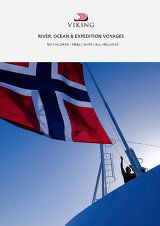
Viking River, Ocean & Expedition Voyages (2025-27)
Availability
 USD
Port charges, taxes and fees included.
USD
Port charges, taxes and fees included.
Viking Cruise $25 Deposits!
Tour & cruises prices are per person. Prices shown have savings applied, are subject to availability and may be withdrawn at any time without notice. Pricing and trip details are correct at this point in time, however are subject to confirmation at the time of booking and are subject to change by Viking. For cruise itineraries, cabin images are sourced from Viking. These should be treated as indicative only. Cabin inclusions, upholsteries and room layout may differ to the image(s) shown depending on the ship selected and your sailing dates.
